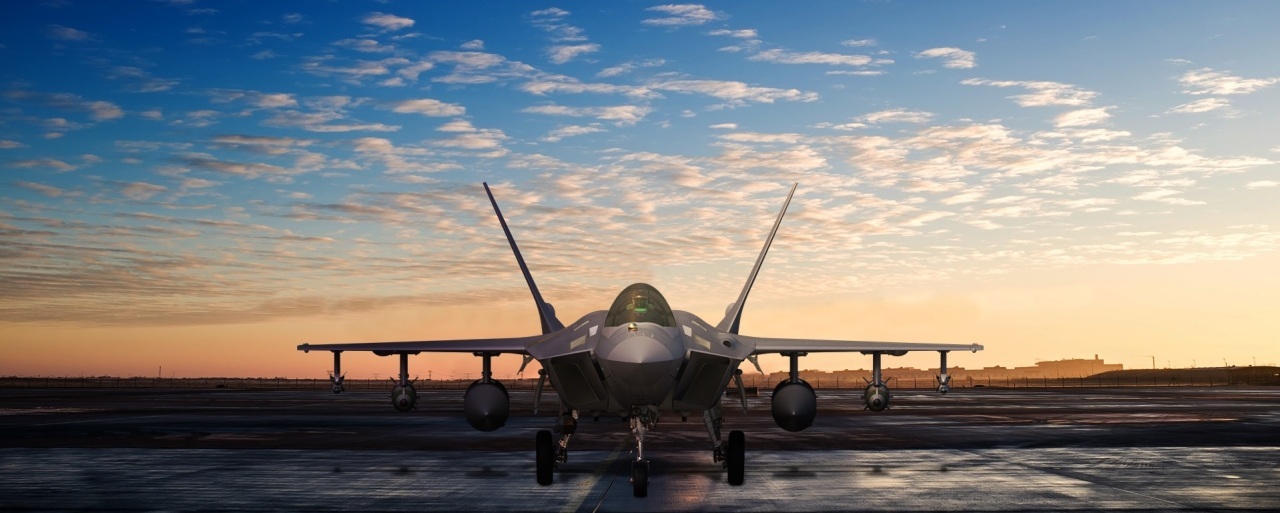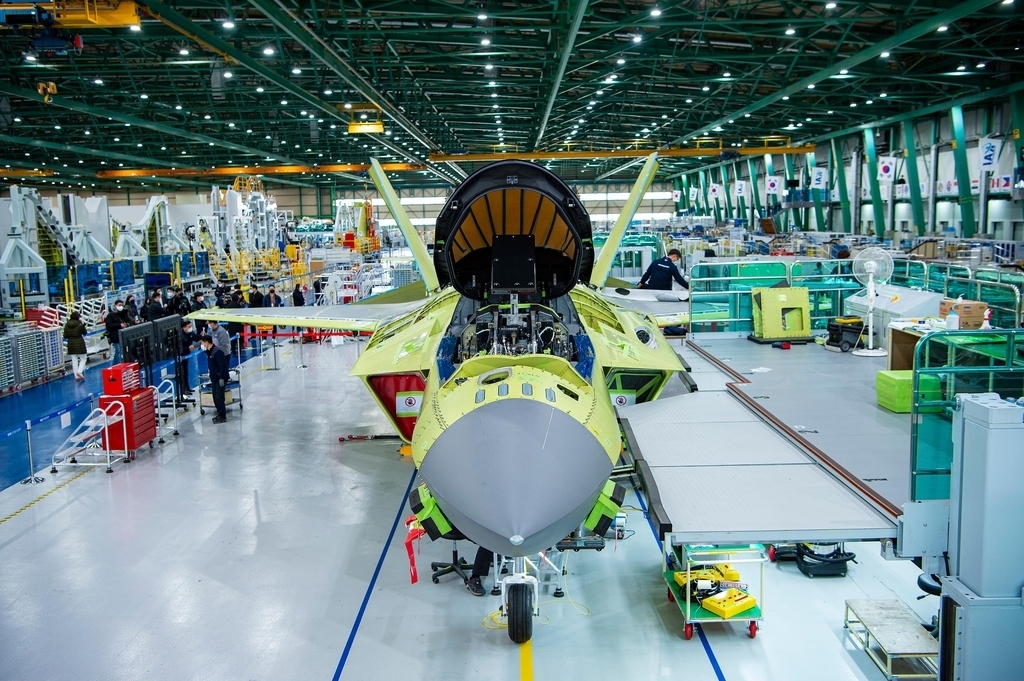
Indonesia is defaulting on a deal with South Korea to build Korea’s first homegrown fighter jets, sitting on its contribution to the project worth at least 8 trillion won ($7.1 billion), but Seoul is confident that it could manage the undertaking without the Southeast Asian country.
The KF-X program, in which Indonesia seeks a 20 percent share and technology know-how while Korea holds the rest, is set to reveal its prototype jet early this month, but Indonesia has so far paid just $22 million, about 13 percent of what it owes.
Indonesia has reportedly asked Korea to either cut its burden in half or approve a loan for its contributions to the project and help build local production lines, though the Korean government denies it has received any such request.
The Indonesian defense minister, who will attend the unveiling ceremony in Korea, is expected to address the dispute with his Korean counterpart. Indonesia has not made clear why it needs the assistance. The local economy, now reeling from COVID-19 fallout, is reportedly among the reasons.
“There is nothing yet, no material change to the contract between the two countries. We’re still looking into what we can do about it,” a senior Seoul official said.
The director general in charge of the program at the arms procurement agency was clearer on Indonesia’s potential pullout.
The KF-X program, in which Indonesia seeks a 20 percent share and technology know-how while Korea holds the rest, is set to reveal its prototype jet early this month, but Indonesia has so far paid just $22 million, about 13 percent of what it owes.
Indonesia has reportedly asked Korea to either cut its burden in half or approve a loan for its contributions to the project and help build local production lines, though the Korean government denies it has received any such request.
The Indonesian defense minister, who will attend the unveiling ceremony in Korea, is expected to address the dispute with his Korean counterpart. Indonesia has not made clear why it needs the assistance. The local economy, now reeling from COVID-19 fallout, is reportedly among the reasons.
“There is nothing yet, no material change to the contract between the two countries. We’re still looking into what we can do about it,” a senior Seoul official said.
The director general in charge of the program at the arms procurement agency was clearer on Indonesia’s potential pullout.

“Even if we come to cease partnership, the program will go on,” the director general said in February when he was briefing reporters at the KF-X production site to show last-minute preparations for the rollout ceremony to take place here.
Korea’s confidence lies in the fact that it can build prototype jets, without Indonesian help, to test them before starting mass production, which could begin in 2026 at the earliest. Korea expects to make 120 jets. Indonesia, which will be given one prototype along with the technology know-how, is responsible for 48.
Also, Korea would not be dealing with surging costs for mass production even if Indonesia withdraws from the commitment, according to a senior Seoul official familiar with the project.
“Let’s say Indonesia pulls out -- though that’s not what we think will or should happen -- the total costs for the entire fleet will not be as heavily affected as some say it would,” he said.
An official at the arms procurement agency said Korea would not have to return what Indonesia has paid up either, as their contract prevents such an action in the case of recurring defaults. But that is purely a technicality on which the agency would consult with Indonesia, the official said.
Nevertheless, the government is seeking to work the situation out with Indonesia, the agency said.
Seoul is seen as trying to embrace Indonesia, the largest buyer of Korea’s weapons. It accounted for 17 percent of Korea’s arms exports from 2014 to 2018, according to the Stockholm International Peace Research Institute.
“Breaking the partnership -- which is essentially turning our back on Indonesia -- is not a smart move,” a Seoul official said, adding it would also affect Korea’s long-term initiative to carve out its presence in the aerospace market.
“Partners are like insurance. We need an outsider on the program to sell it to the outside world,” the Seoul official said.
By Choi Si-young (siyoungchoi@heraldcorp.com)
Korea’s confidence lies in the fact that it can build prototype jets, without Indonesian help, to test them before starting mass production, which could begin in 2026 at the earliest. Korea expects to make 120 jets. Indonesia, which will be given one prototype along with the technology know-how, is responsible for 48.
Also, Korea would not be dealing with surging costs for mass production even if Indonesia withdraws from the commitment, according to a senior Seoul official familiar with the project.
“Let’s say Indonesia pulls out -- though that’s not what we think will or should happen -- the total costs for the entire fleet will not be as heavily affected as some say it would,” he said.
An official at the arms procurement agency said Korea would not have to return what Indonesia has paid up either, as their contract prevents such an action in the case of recurring defaults. But that is purely a technicality on which the agency would consult with Indonesia, the official said.
Nevertheless, the government is seeking to work the situation out with Indonesia, the agency said.
Seoul is seen as trying to embrace Indonesia, the largest buyer of Korea’s weapons. It accounted for 17 percent of Korea’s arms exports from 2014 to 2018, according to the Stockholm International Peace Research Institute.
“Breaking the partnership -- which is essentially turning our back on Indonesia -- is not a smart move,” a Seoul official said, adding it would also affect Korea’s long-term initiative to carve out its presence in the aerospace market.
“Partners are like insurance. We need an outsider on the program to sell it to the outside world,” the Seoul official said.
By Choi Si-young (siyoungchoi@heraldcorp.com)











![[Today’s K-pop] BTS pop-up event to come to Seoul](http://res.heraldm.com/phpwas/restmb_idxmake.php?idx=644&simg=/content/image/2024/04/17/20240417050734_0.jpg&u=)





![[KH Explains] Hyundai's full hybrid edge to pay off amid slow transition to pure EVs](http://res.heraldm.com/phpwas/restmb_idxmake.php?idx=652&simg=/content/image/2024/04/18/20240418050645_0.jpg&u=20240419100350)

